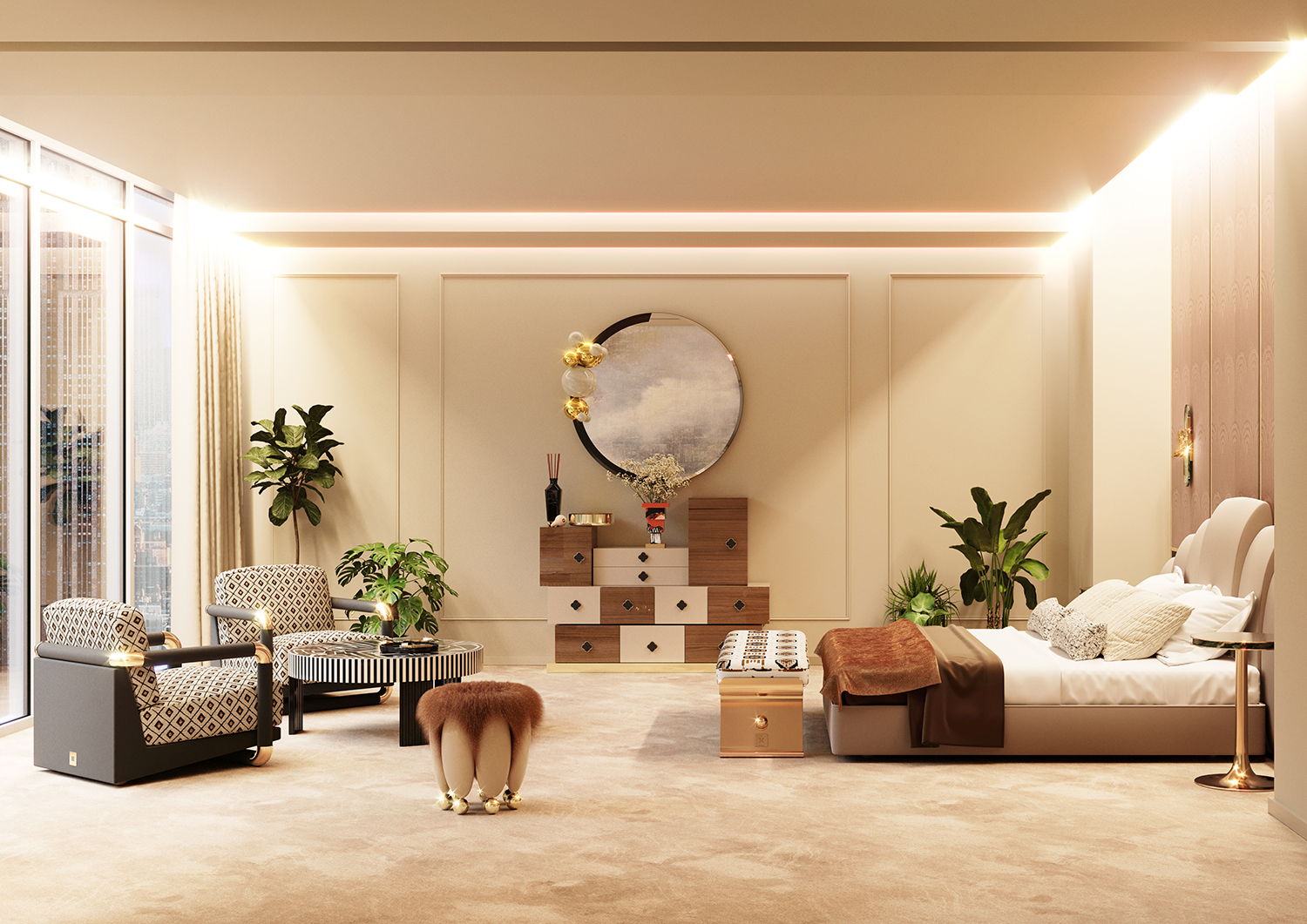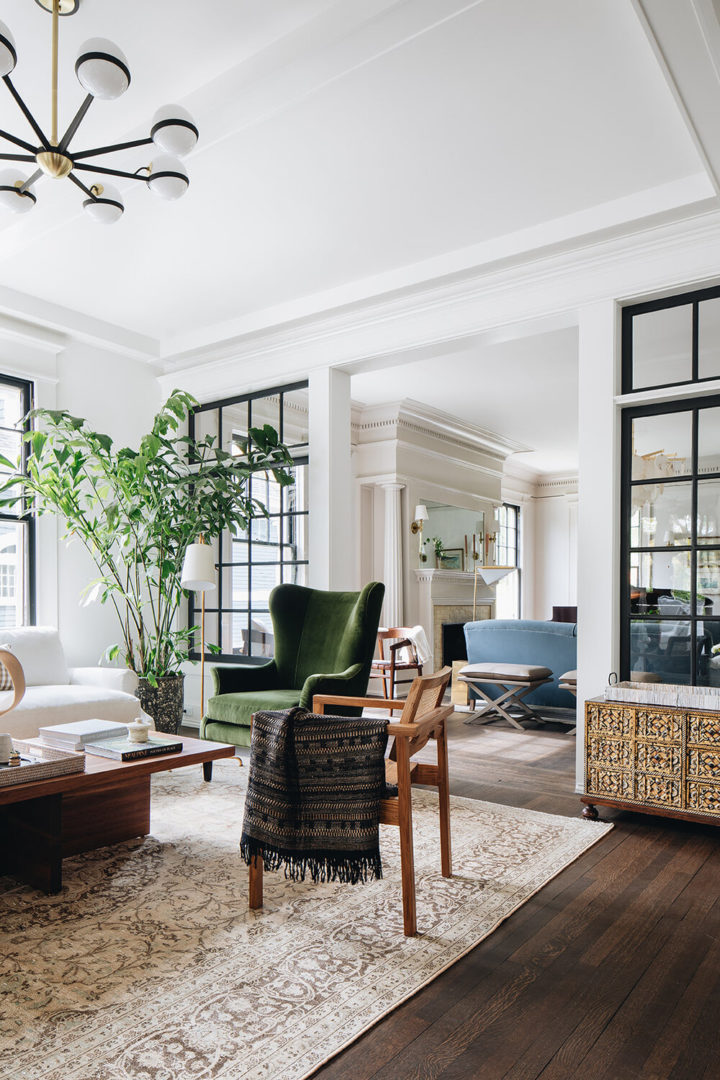Hire top miami interior design professionals for customized luxury spaces.
Hire top miami interior design professionals for customized luxury spaces.
Blog Article
Transform Your Home With Crucial Principles of Interior Decoration and Aesthetics
The art of transforming your home through the important principles of interior decoration and aesthetic appeal needs a thoughtful technique that integrates shade, balance, and spatial understanding. By recognizing the influence of shade concept and the relevance of structure and patterns, one can produce areas that are not only visually appealing yet also deeply personal. Accomplishing this equilibrium involves greater than plain decor; it encompasses a tactical arrangement and a keen understanding of just how each aspect engages within an area. As we discover these fundamental ideas, consider just how they could redefine your understanding of home and personal expression.
Recognizing Color Theory
Shade theory is a fundamental facet of interior layout that dramatically influences state of mind, understanding, and general aesthetic. Recognizing the principles of shade theory enables developers to produce rooms that resonate psychologically with passengers while fulfilling practical demands (miami luxury interior design). Colors can be categorized right into three main kinds: primary, second, and tertiary. Each classification plays a crucial function in developing harmony within a space.
The mental effect of shades is profound; warm tones such as reds and oranges stimulate energy and warmth, while great tones like blues and greens promote peace and peace. Moreover, making use of corresponding shades enhances visual rate of interest, developing striking contrasts that can boost a room's appeal.
Neutral shades, on the various other hand, serve as a versatile background, permitting various other layout elements to radiate. It is important to consider elements such as lighting and the room's objective when choosing a shade combination, as these can change the understanding of colors throughout the day.
Ultimately, a well-considered color pattern can change an area, promoting a sense of comfort and design that straightens with the citizens' choices. Mastery of color concept is, therefore, an important skill for any type of interior developer intending to produce harmonious and inviting environments.
Achieving Equilibrium in Style
Exactly how can designers attain a feeling of stability in their areas? Achieving equilibrium in layout is essential to creating harmonious insides. Designers can utilize 3 main sorts of equilibrium: in proportion, asymmetrical, and radial. Symmetrical equilibrium involves arranging elements evenly around a main point, cultivating a sense of order and tranquility. This type usually includes pairs of furnishings or artwork, boosting visual security.
Unbalanced balance, on the various other hand, relies upon varying aspects that still attain a cohesive appearance. This technique allows for even more vibrant and informal setups, providing interest while keeping balance. By carefully choosing differing sizes, colors, and appearances, developers can develop a visually engaging room that feels well balanced yet energetic.
Radial equilibrium stresses a central focal point with components radiating outward. This design is commonly seen in circular designs, where furnishings and decor produce a natural surround that draws the eye inward.
Inevitably, attaining balance requires thoughtful factor to consider of range, proportion, and the connections between aspects. luxury interior design. By skillfully applying navigate here these equilibrium concepts, developers can change rooms right into settings that really feel both visually pleasing and functionally unified, boosting the total experience for owners
Importance of Spatial Understanding

An eager feeling of spatial recognition permits developers to recognize centerpieces within a room, directing the customer's interest to crucial attributes while maintaining an overall sense of unity. It also aids in the tactical placement of lights, which can significantly influence the understanding of area and mood. Additionally, understanding spatial relationships enables the designer to deal with the specific needs of citizens, making certain that each location serves its designated function without compromising looks.
Eventually, spatial understanding is essential for making the most of the potential of any type of interior room. By very carefully thinking about the interaction in between dimensions, layout, and function, developers can create settings that not only fulfill functional requirements yet additionally evoke a feeling of comfort and elegance, improving the total living experience.
Including Appearance and Patterns
Accepting a varied variety of structures and patterns can considerably improve the aesthetic and tactile charm of an interior area. The strategic usage of numerous materials-- such as timber, metal, textile, and stone-- produces deepness and rate of interest, making an area feel much more welcoming and dynamic. For circumstances, combining smooth surfaces with harsh appearances can develop a balance that attracts the eye and involves the senses.
When including patterns, take into consideration both scale and repeating. Huge patterns can function as focal points, while smaller, refined designs can complement various other components without frustrating the room. Layering patterns, such as pairing floral cushions with striped tosses, includes complexity and a sense of harmony if carried out attentively.
It is also essential to maintain a cohesive shade scheme, making certain that structures and patterns interact instead of contend for interest. By selecting a couple of vital textures and patterns, you can create an unified visual that mirrors your individual style while improving the general ambiance of the area. Inevitably, the cautious incorporation of these elements can transform an ordinary area into an innovative setting rich with character and heat.
Individualizing Your Area
Creating a room that shows your personality is essential to achieving a truly welcoming atmosphere. Personalization in indoor design allows you to infuse your distinct design and rate of interests into your home, changing it from look at here a mere sanctuary into a refuge that speaks to that you are. Begin by choosing a color combination that resonates with your feelings-- bold hues can invigorate, while soft tones provide peace.
Integrate art work and design that mirror your enthusiasms, whether it be travel, nature, or abstract ideas. Showing individual collections, such as books, pictures, or souvenirs, can evoke valued memories and produce prime focus within an area. In addition, consider personalizing useful items, like upholstered furnishings, to align with your aesthetic choices.

Conclusion
Finally, the makeover of a home via the essential concepts of indoor design and appearance necessitates a detailed understanding of color concept, balance, spatial my response recognition, structure, and personalization. Each component contributes substantially to producing an unified and functional living environment - luxury interior design. By attentively integrating these principles, individuals can enhance the visual allure and emotional vibration of their spaces, ultimately fostering a home that shows distinct identifications while supplying convenience and practicality
Report this page